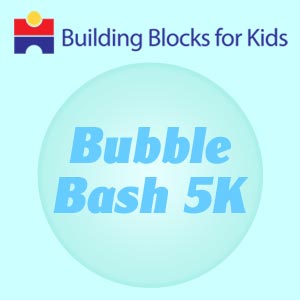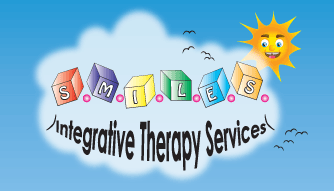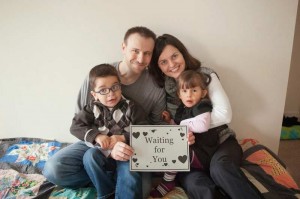
Come Join Us!
Building Blocks for Kids is having their 8th Annual 5K Event! This year’s event will be a little different than in past years—it will be a Bubble Bash! It’s a non-timed, 5K run, walk, roll, skip or jump course traveling through 5 stations of colored bubbles. The event includes music, games, prizes, food, and of course, BUBBLES!!!
The Building Blocks for Kids’ (BB4K) mission is to improve the quality of life for children with health-related needs that are not being met due to a lack of insurance, government funding, and/or family resources. BB4K assists families by finding alternative resources for them and/or by providing financial assistance for their needs.
Since 2003, BB4K has assisted more than 350 children with a variety of needs including therapy, therapy equipment, hearing aids, communication devices, home modifications, vans with wheelchair lifts, special beds, displacement costs when needing to see a specialist in another city, adaptive bikes, adaptive strollers, seizure dogs, and so much more!
You can help us in meeting our fundraising goal for BB4K by either joining our team or sponsoring us! We’re looking forward to participating in the Bubble Bash 5K and we hope to see you there!
When: Saturday September 20, 2014
Where: Corwin Nixon Park, Mason
Schedule of Events:
8:00 am – Registration Begins
8:30 am – Vendor Fair Begins
10:00 am – 5K Bubble Bash Begins
11:00 am – Awards, Presentation
11:15 am – Kids Fun Run
11:30 am – Picnic, Games, Music





Recent Comments